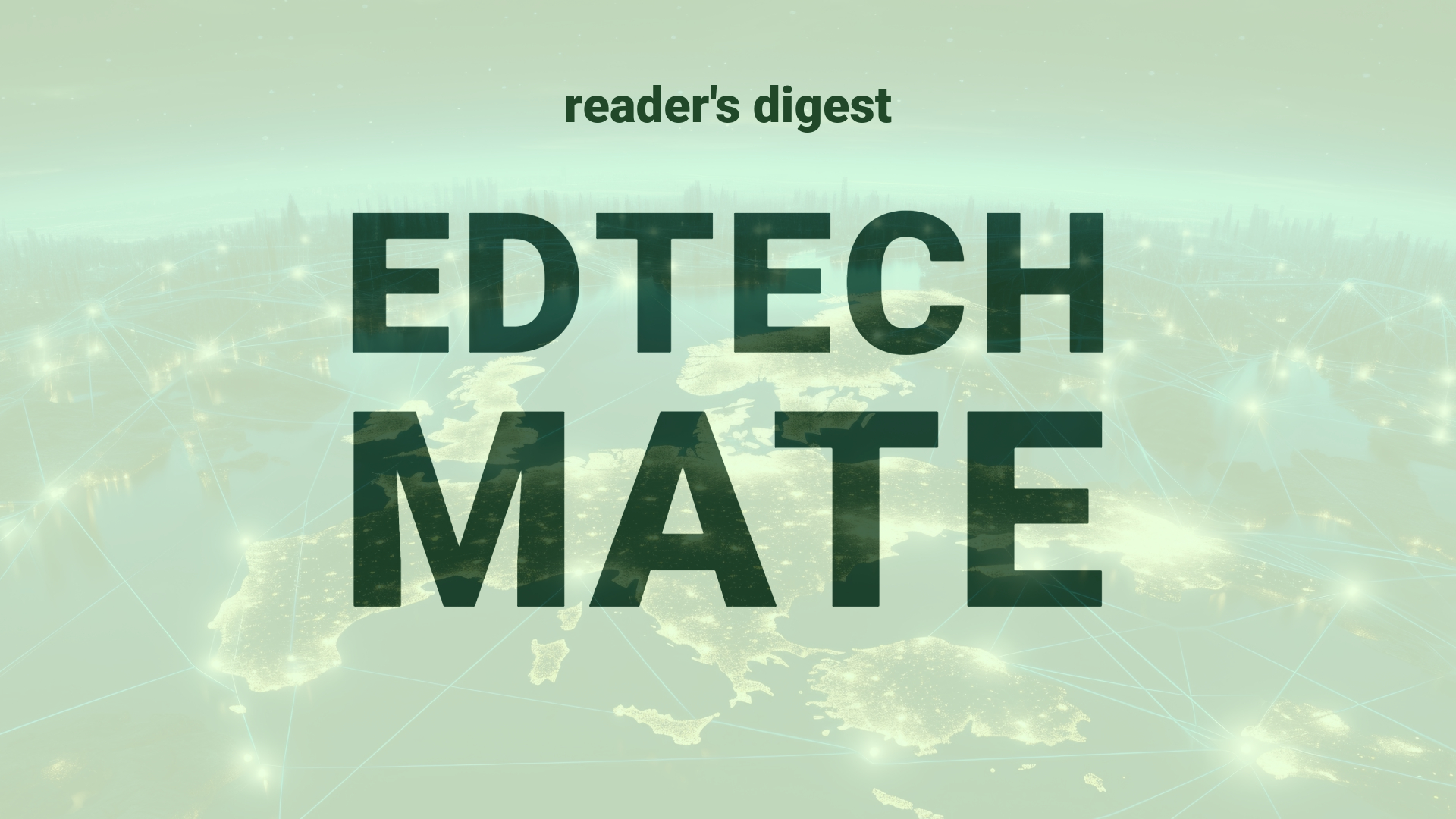Executive Summary and Main Points
In the realm of global higher education, Governance, Risk, and Compliance (GRC) has become a pivotal business strategy for aligning IT activities with business goals, adeptly managing risks, and adhering to governmental and industry regulations. The exponential growth in laws, business intricacies, varieties of risk, and technology usage over recent decades has underscored the indispensability of these functions for modern organizational success. Even smaller ventures are engaging in global business, navigating complex international laws, and combating various threats that can impact their survival. GRC has transitioned from segmented operations to a collective discipline that ensures organizations steer and safeguard their mission.
Potential Impact in the Education Sector
The proliferation and strategic nature of GRC in higher education institutions could significantly influence their operational landscapes. It enables institutions to improve decision-making, optimize IT investments, eliminate silos, and minimize departmental fragmentation. Institutions, from Further Education to Higher Education, can leverage robust GRC frameworks to navigate an increasingly complex regulatory environment driven by data privacy laws, globalization, and interconnectivity. The growing trend in offering and managing Micro-credentials, strategically partnered with industry standards and compliance requirements, further amplifies the necessity for effective GRC systems.
Potential Applicability in the Education Sector
Innovative applications within the education sector, including the integration of AI and digital tools, can benefit from the structured approach of GRC. By aligning governance, risk management, and compliance efforts with educational strategies and technology, educational institutions can streamline processes, protect data privacy, and manage risks associated with technological advancements such as AI, IoT, and cloud computing. The use of GRC can aid in the stewardship of digital transformation initiatives, fostering an environment where educational technology can thrive while remaining compliant and secure.
Criticism and Potential Shortfalls
Despite its strategic significance, GRC still presents challenges across its implementation in the education sector. The complexity and dynamic nature of both risk types and legal frameworks can be daunting. Cultural and ethical considerations need to be weighed, especially when dealing with an international student body and faculty. Comparative case studies show variations in compliance and risk management approaches across global institutions, which might be attributed to the diverse legal landscapes and organizational cultures. Without a clear understanding and thorough integration of these elements, GRC initiatives may fall short of their intended outcomes.
Actionable Recommendations
To effectively deploy GRC methodologies in global higher education projects, institutions should start by comprehensively understanding their business environment, risk appetite, and the legal requirements applicable to their operations. It is recommended that leadership at educational institutions embark on a clear articulation of GRC roles and responsibilities, foster cross-departmental collaborations, and establish a culture that values compliance, governance, and proactive risk management. International education leadership must also ensure continuous professional development in GRC through specialist training and certifications tailored to the evolving digital landscape of global education systems.
Source article: https://www.cio.com/article/1303776/grc%E3%81%A8%E3%81%AF%E4%BD%95%E3%81%8B%EF%BC%9F%E9%AB%98%E3%81%BE%E3%82%8B%E3%82%AC%E3%83%90%E3%83%8A%E3%83%B3%E3%82%B9%E3%83%BB%E3%83%AA%E3%82%B9%E3%82%AF%E3%83%BB%E3%82%B3%E3%83%B3%E3%83%97.html

